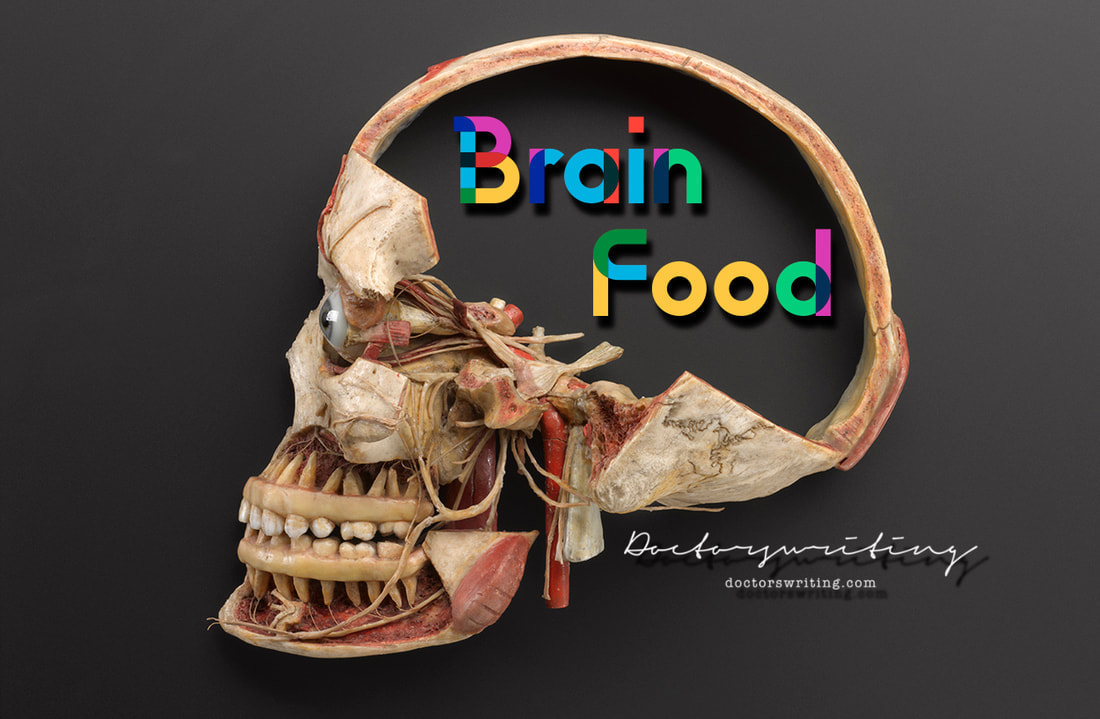| Brain Food is a project to drip feed clinical knowledge (in the form of mock SAQs) to satisfy those hungry neurons. Sources are SA/NT Trial Exam 2020.2 and Monash 2022.1. Answers are prone to ageing. Leave a comment if you don't understand or something doesn't seem right... PS we don't use the mock questions uploaded to ACEMs official mock |
There is minimal swelling. You suspect there might be a retained foreign body and decide to use ultrasound to examine his hand.
Freq range > 12MHz
Depth
Focus
TGC or gain
- No radiation
- Able to visualise location and assess size of FB: assess depth, plan procedure approach
- Able to visualise adjacent structures (e.g. neurovascular) to assess injury and avoid inadvertent injury while attempt at removal
- Possible to visualise non radio-opaque FB on USS (e.g. wood, plastic, glass)
- Able to remove USS in real time to guide removal of FB and confirm
- Able to assess immediate post procedural complication associated with FB (e.g. granulation tissue formation, collections)
Disadvantages:
- Operator dependent: technique, choice of transducer, level of experience etc.
- Best time window: 24 hours post retained FB, late presentation with increased inflammation, scarring, induration makes visualisation of FB and removal of FB under USS guidance more difficult with more complications
- Once skin incised, air may prevent visualisation
- Visualisation depends on level of echogenicity of FB
- Calcification in soft tissues may look like FB
- Factors obscuring FB: large overlying haematoma, subcutaneous emphysema
- Inability to obtain transducer contact (e.g. large laceration)
- Ultrasound artefacts that may obscure FB
- Artefact from forceps.


 RSS Feed
RSS Feed
